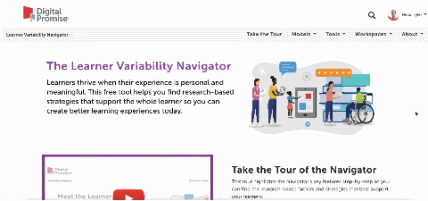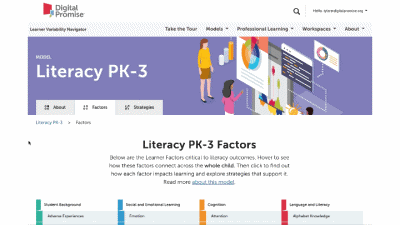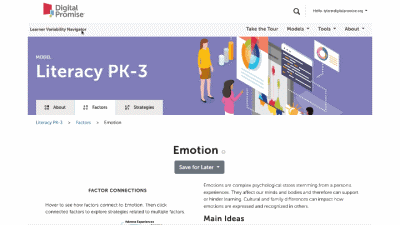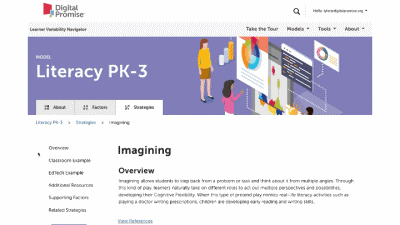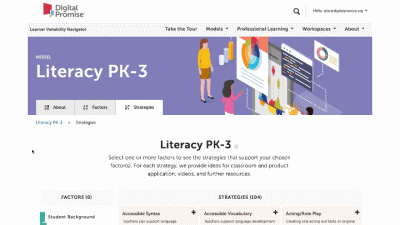Sensory Stimulation
Overview
Incorporating multiple senses through strategies like chewing gum, using a vibrating pen, or sitting on a ball chair can support focus, Attention, and engagement for some learners. However, it's essential to recognize that the effectiveness of these strategies varies. While some students benefit from increased sensory input, others may experience over-sensory stimulation, which can lead to discomfort, anxiety, or difficulty concentrating. Adjusting sensory elements of the classroom environment—such as overhead lighting, background noise, and visual clutter—can also strengthen attention, emotional well-being, and learning outcomes. Calming background music may enhance mood and concentration for some students, while music with lyrics or fast tempos can make it harder to retain information or stay focused during complex tasks.
Because sensory needs differ widely, supports that help some students may distract or dysregulate others. For example, while tactile tools like putty or textured objects can promote Self-regulation, items like fidget spinners may disrupt learning for certain students, including those with ADHD. Helping students understand the purpose of sensory tools and providing clear directions can support appropriate use. Regularly observing students' responses and offering flexible options can help create learning environments where all students feel supported, focused, and engaged.
Example: Use This Strategy In in the Classroom
Design It into Your Product
Factors Supported by this Strategy
More Multisensory Supports Strategies
Audiobooks, digital text-to-speech books, and e-books are digital formats of literature that allow for portable and accessible reading experiences through audible narration and/or a written electronic version of a text.
Communication boards are displays of graphics (e.g., pictures, symbols, illustrations) and/or words where learners can gesture or point to the displays to extend their expressive language potential.
Creating visual representations such as drawings, diagrams, graphs, and concept maps, whether student or teacher-generated, can help students process abstract concepts, enhancing understanding and retention of information.
Using motions to explain new concepts or ideas supports the ability to process new information and to convey thinking and conceptual understanding.
Music and dance support learners in a myriad of ways, including supporting their engagement and motivation, connecting with cultural backgrounds, and offering structure during play.
Physical activity and recess refer to designated times and activities that allow students to engage in movement, play, and exercise, promoting physical and mental well-being.
Physical activity and recess in early childhood provides social, physical, and mental benefits to learners.
Physical activity and recess refer to designated times and activities that allow students to engage in movement, play, and exercise, promoting physical and mental well-being.
Physical activity and recess in early childhood provides social, physical, and mental benefits to learners.


